Virtual Tours
Can’t visit us in person? Connect with these historic locations from the comfort of your own home!
Our virtual tours allow you to explore select MNHS historic sites as never before. Immerse yourself in history as you take a self-guided, room-by-room tour from your desktop or mobile device.
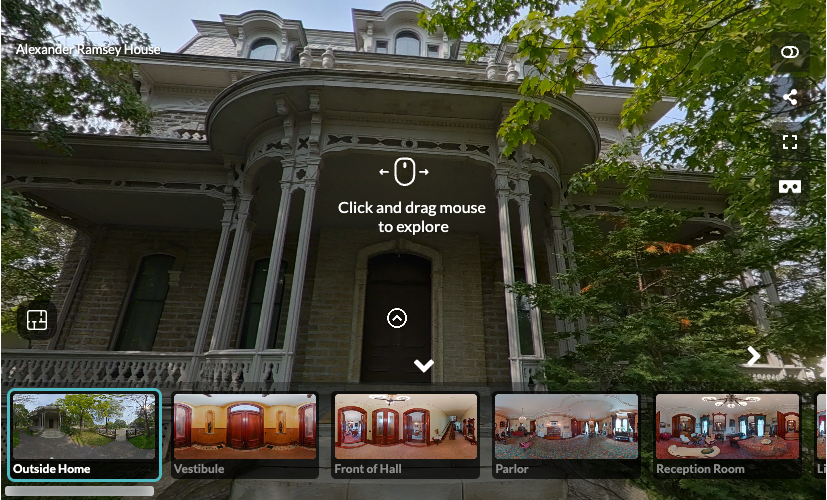
Built in the 1870s as the dream home of Minnesota’s second governor, Alexander Ramsey, and his wife Anna, the handsome native limestone home was one of the first in St. Paul to receive running water, piped in from Lake Phalen.
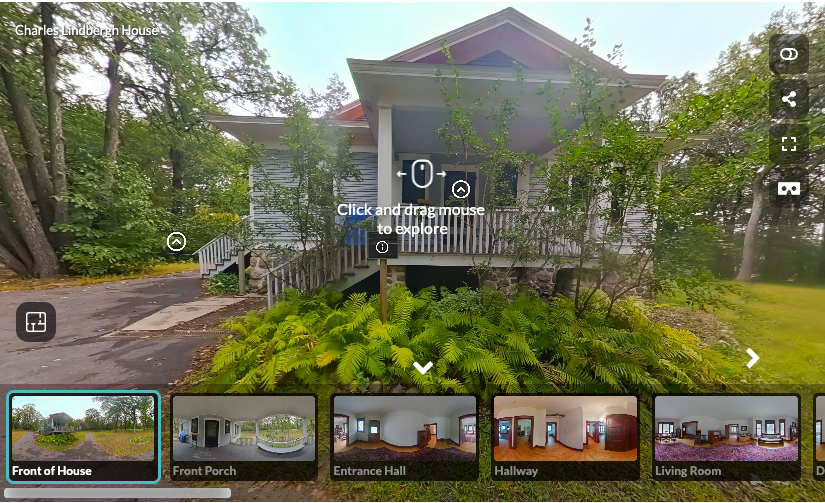
Transport yourself to Little Falls in the early 20th century with a virtual tour of famed aviator Charles Lindbergh’s childhood home. Built in 1906, the house features original family objects and furnishings.

The north woods is an amazingly diverse and constantly evolving ecosystem. Explore a recreated 1900 logging camp and learn about Minnesota's forests of yesterday and today.
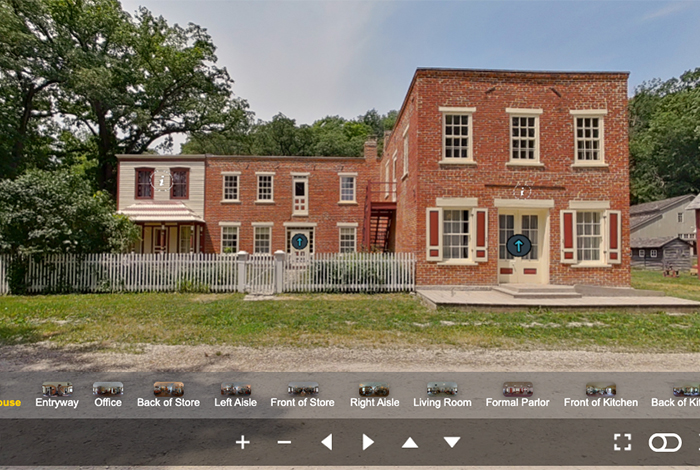
Forestville’s first settler-colonists arrived in 1853 and by 1860, the town had more than 150 residents and boasted 20 houses, a school, two sawmills, a gristmill, a blacksmith shop, a store, two hotels, a distillery, and a cabinetry shop.
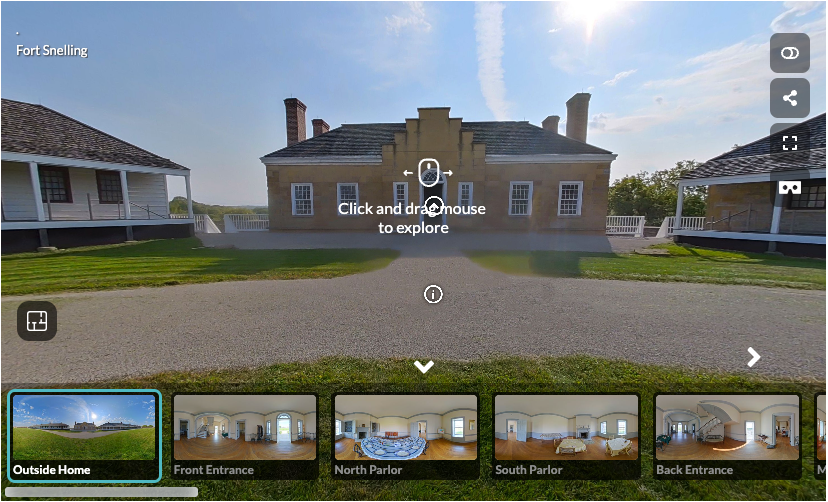
Peek behind the curtains into the spaces of the Commandant’s House, where the fort's constructor slept and entertained; clerks and regimental staff gathered for work; and enslaved people and servants toiled around the hearth.
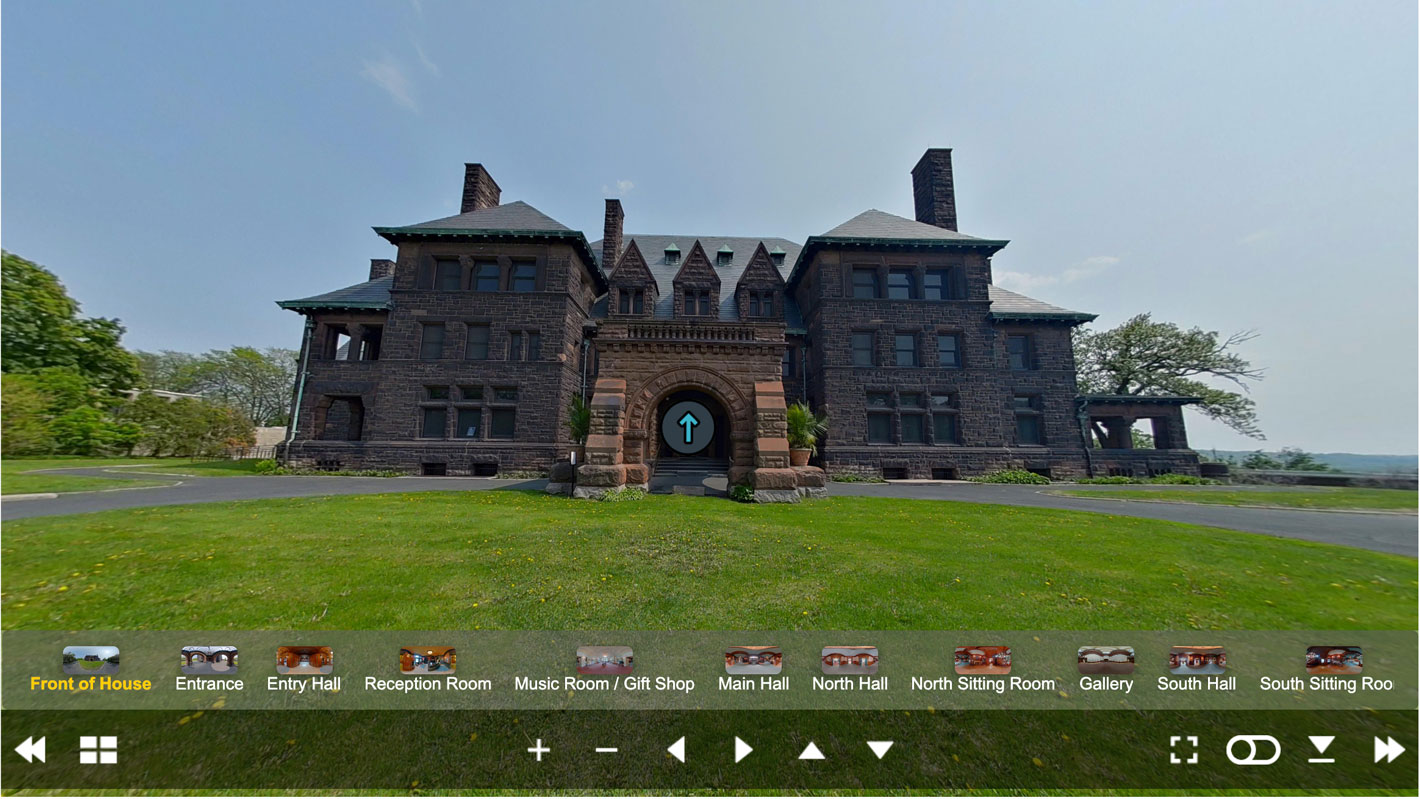
Built for railroad titan James J. Hill, this 36,000-square-foot Gilded Age mansion was once the largest private residence in the state. Explore why the house was a symbol of success, personal taste, and family life.
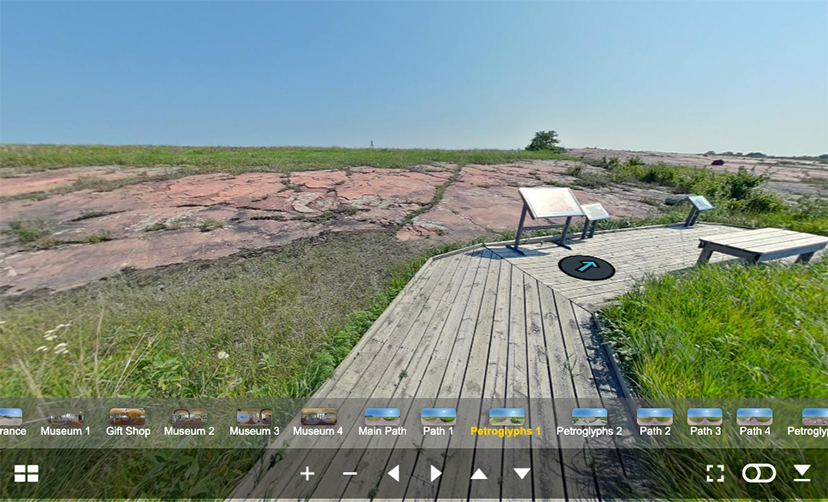
Jeffers Petroglyphs is home to about 5,000 sacred rock carvings, also called petroglyphs, made by the ancestors of today’s Native Americans. Petroglyphs are found worldwide, but the petroglyphs at Jeffers make up one of the oldest continuously used sacred sites in the world.
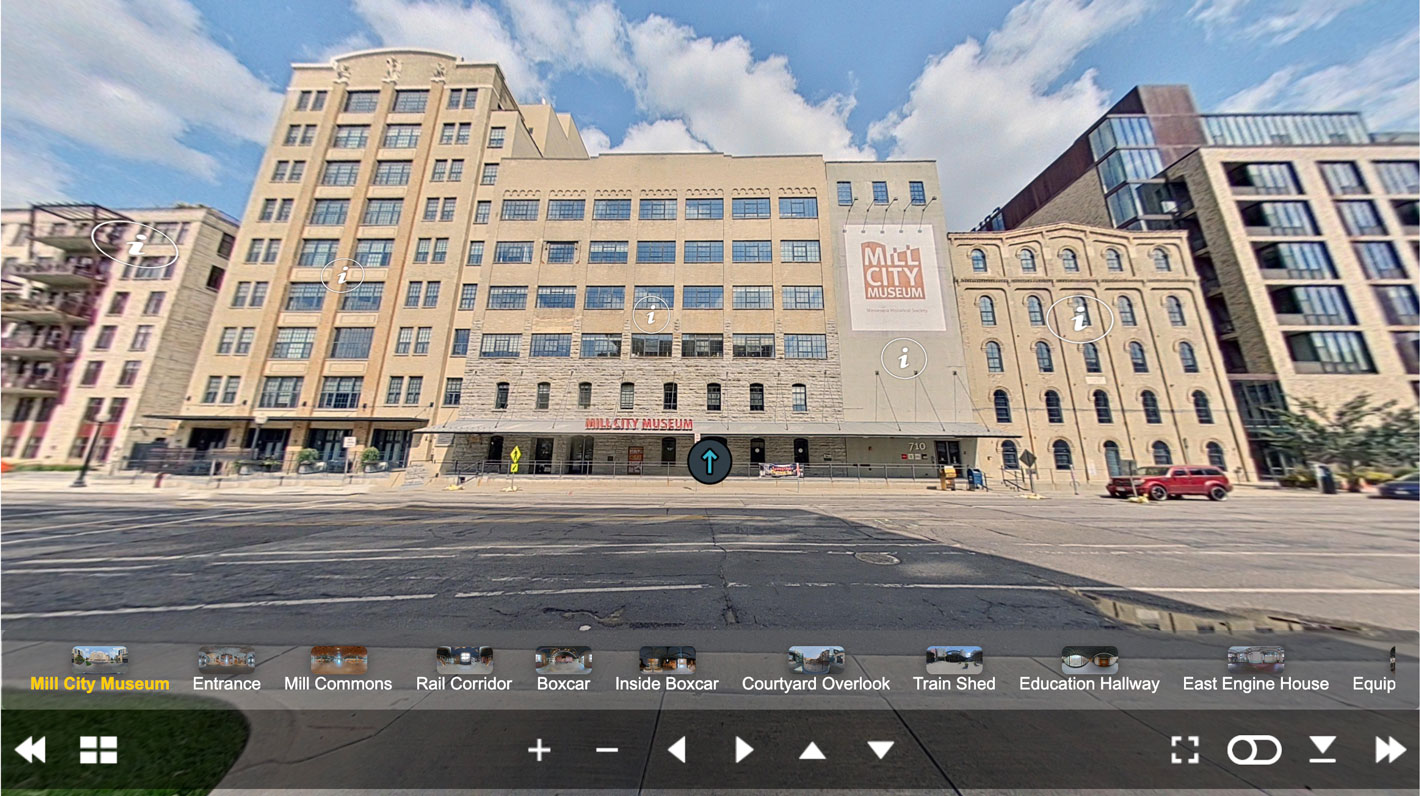
Soon after Minneapolis was born on the Mississippi's west bank, the city's flour milling industry skyrocketed. Powered by the mighty river and fed by boxcars of grain rolling in from the plains, the industry gave Minneapolis bragging rights as the “Flour Milling Capital of the World.” Explore where old mingles with new at Mill City Museum, built into the ruins of what was once the world’s largest flour mill.
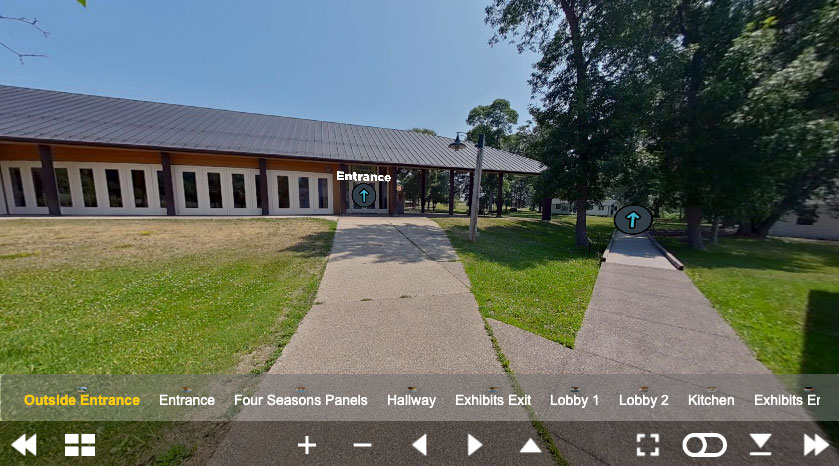
Explore the story of the Mille Lacs Band of Ojibwe through museum exhibits, objects, demonstrations, and tours, and shop for locally made Native American arts and crafts in the restored 1930s trading post.
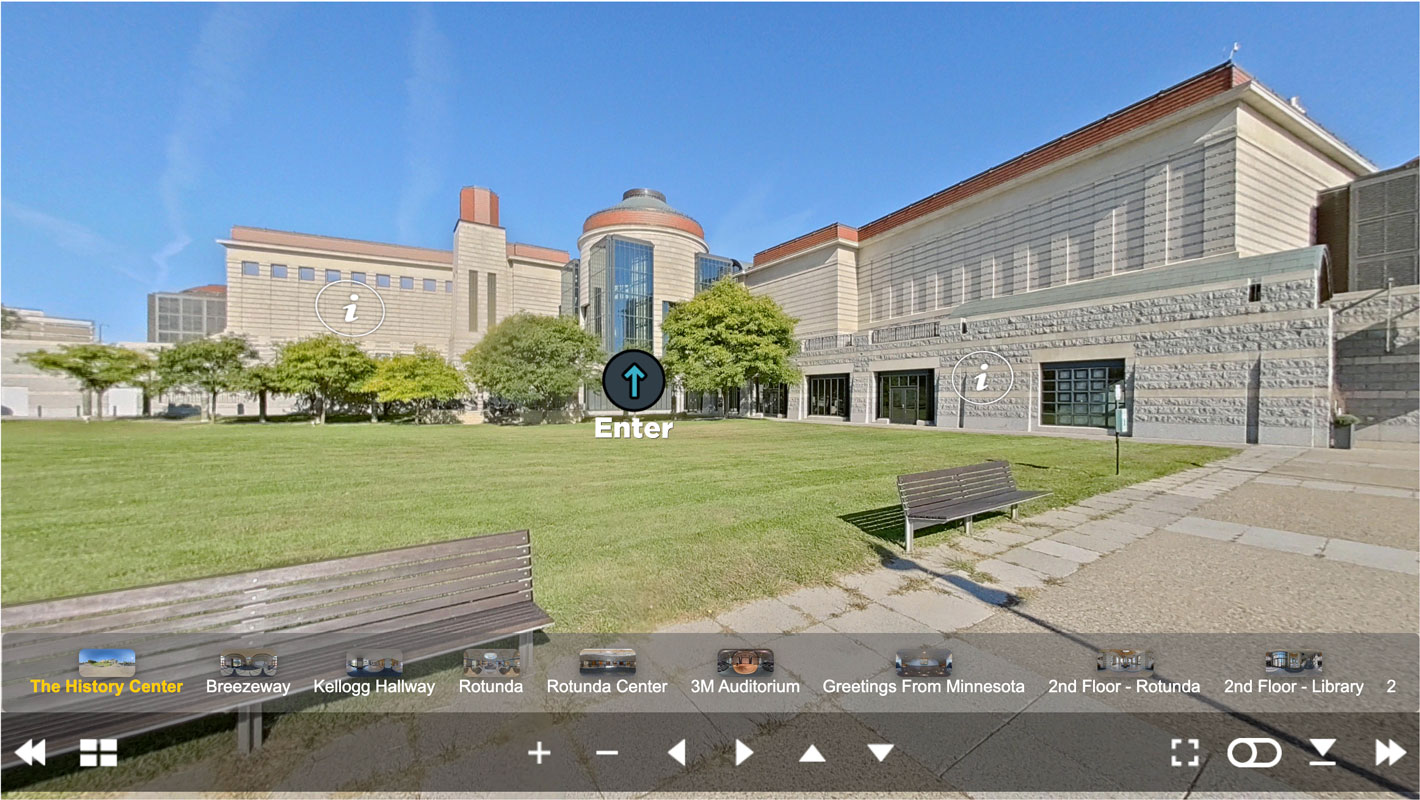
From the stones of the building to the spaces indoors and out, the artwork and architecture of the Minnesota History Center are filled with symbolism that recognizes the stories and characters of the state.

A 1905 masterpiece returned to its original grandeur. Connect with this landmark building designed by Cass Gilbert through its amazing stories — and learn about its incredible architecture, art and history.

Be immersed in the world of 1860s farming, when agriculture in Minnesota looked very different than it does today. Explore the second Kelley home, the barn, animal pens, and more.
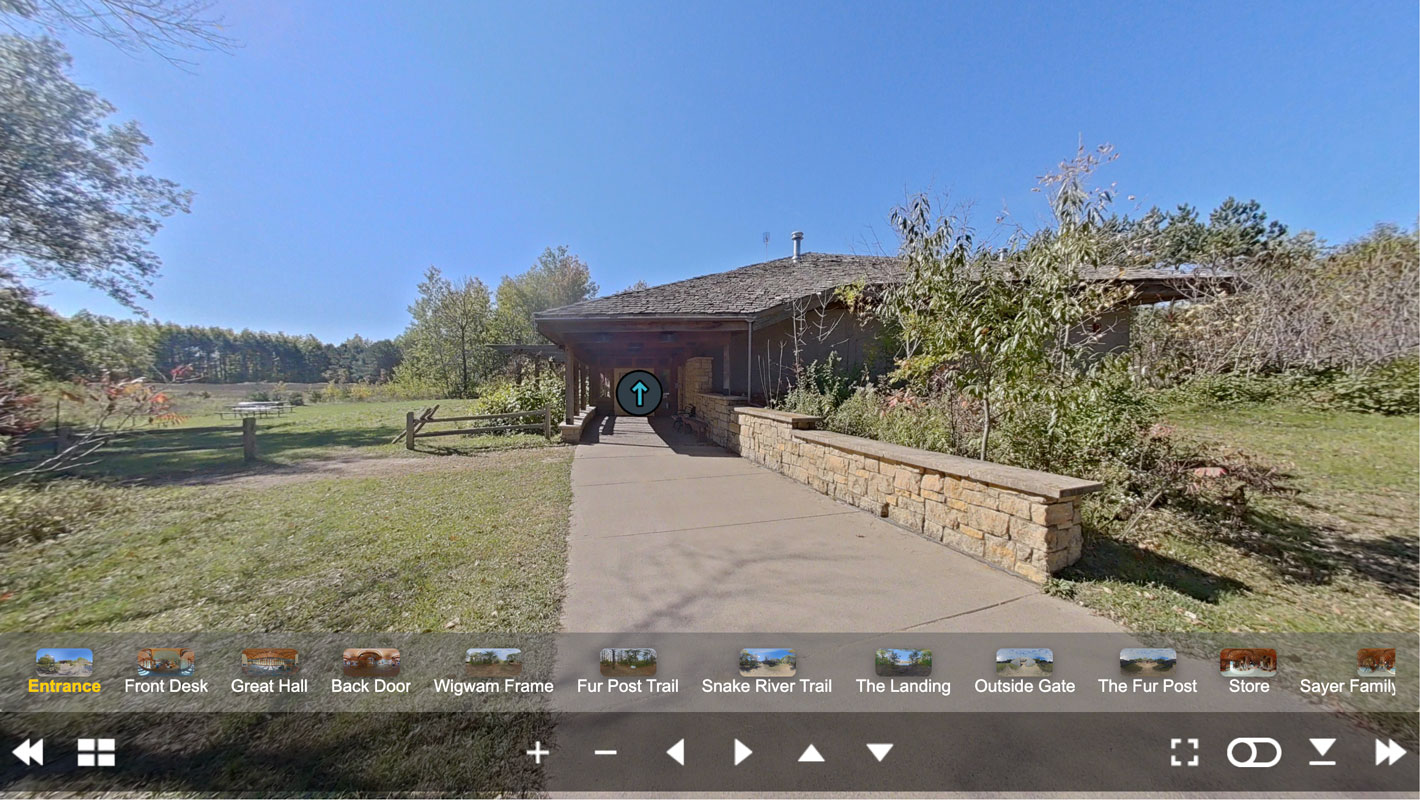
Step into the fur trader’s shop and see where the traders and voyageurs slept, visit a historic Ojibwe encampment and catch a glimpse of the Ginebig-ziibi (Snake River.)
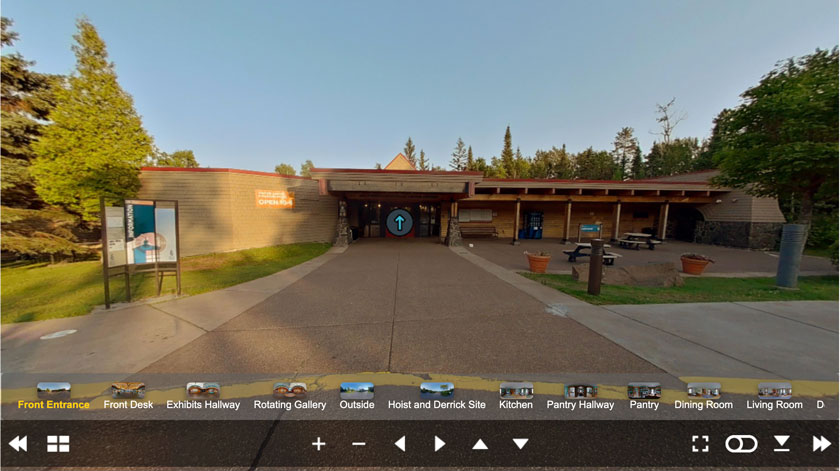
Nestled in a Minnesota State Park, Split Rock Lighthouse is one of the most photographed and visited spots in the state, with a drama-filled history and breathtaking Lake Superior views.